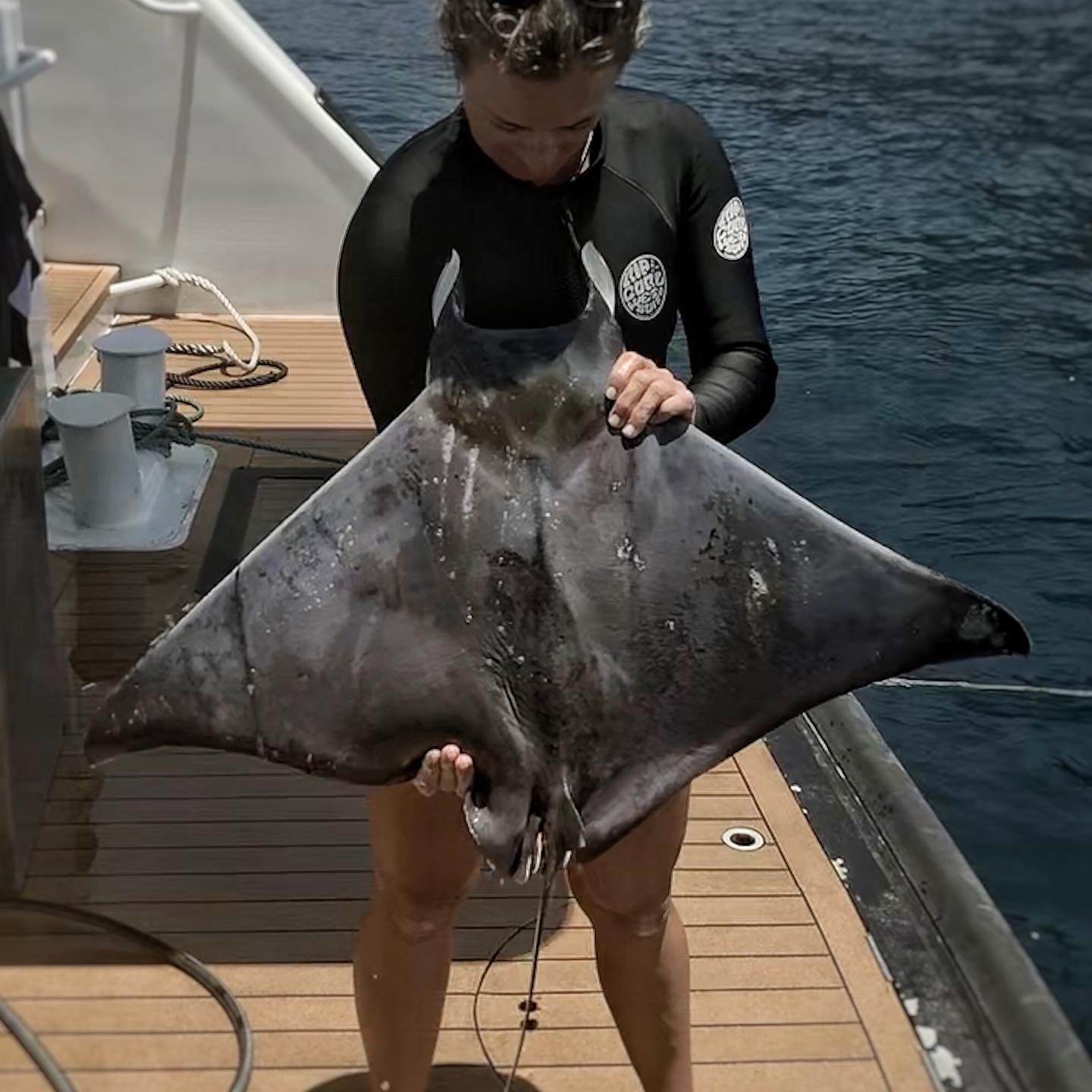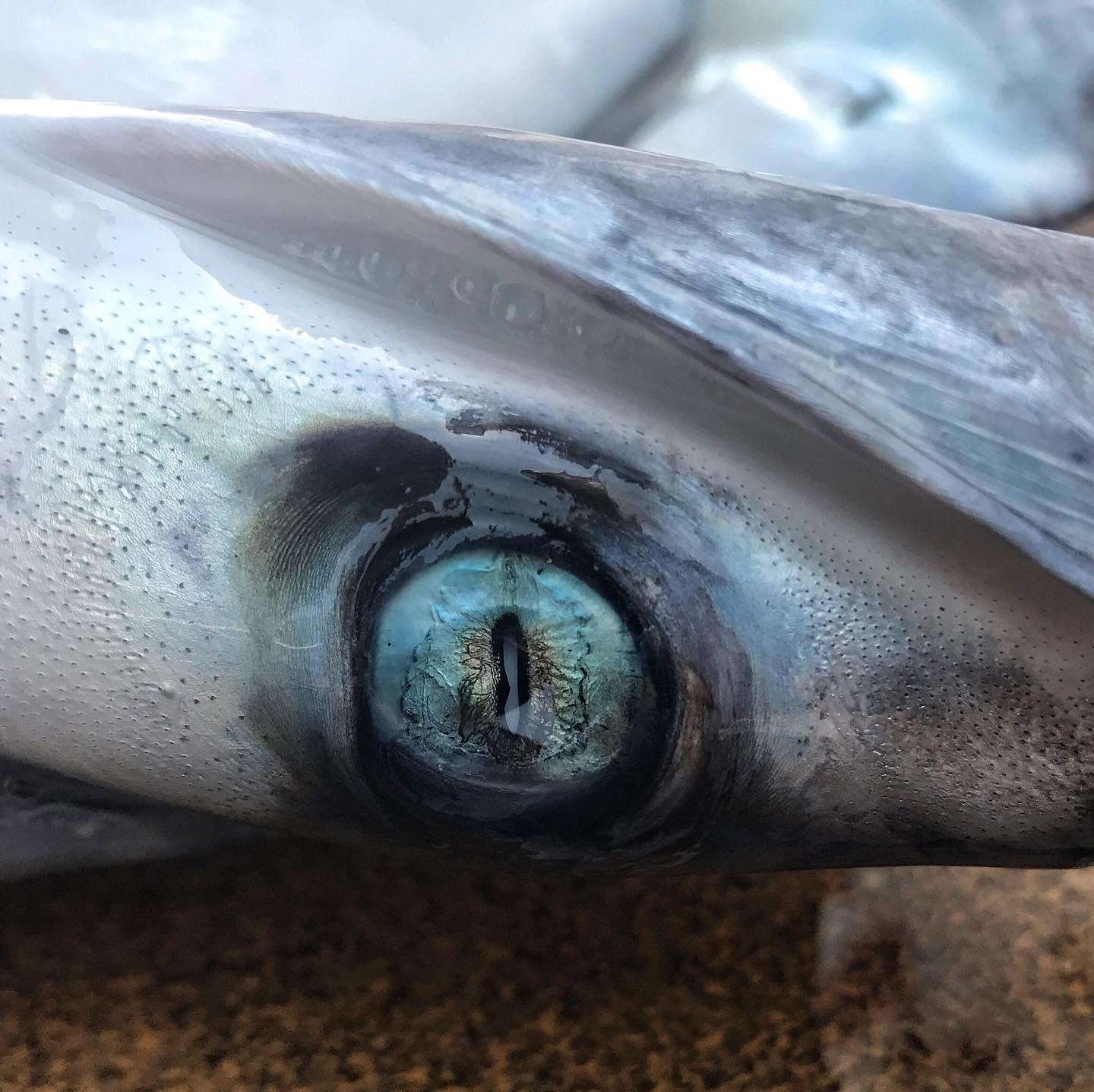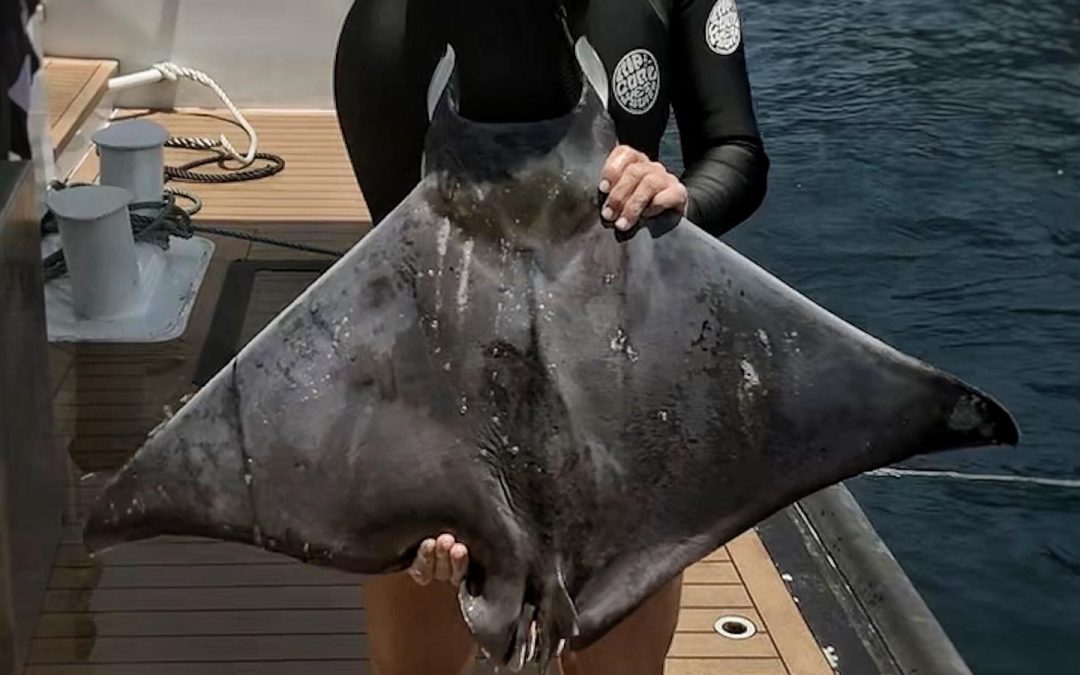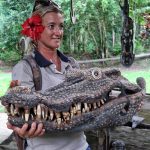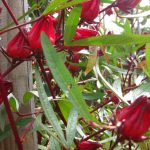Mobula Ray
Looking into the eye of this dead mobula ray we found on the bottom on the ocean floor while snorkelling.
In recent years, manta rays (which are similar to mobula rays) have increasingly been exploited by targeted fisheries that prize them for their gills, which are sold in China and also for their meat and skin that is consumed locally.
With the new manta regulation in Indonesia prohibiting fishing or trade in mantas, the unfortunately reality is that Indonesia lacks both the resources and manpower to ensure strict compliance through enforcement mechanisms alone. It is simply too big an area with too many fishing communities scattered across it.
These often poor and less educated fishermen have few options when it comes to providing for their families. They either fish or go hungry, it’s that simple.
Fishermen in Indonesia are uniquely positioned to benefit from another option. A peer-reviewed study led by Wild Aid The Manta Trust and Shark Savers estimated that global manta ecotourism generates USD$140 million in annual revenues – USD$15 million per year in Indonesia alone – making the species highly valuable for many Indonesian communities who now rely on ecotourism for their livelihoods.
Unfortunately, these same populations of manta rays are threatened by targeted fisheries which only generate USD$400,000 annually in comparison.
The transition from fishermen to tour guide is not necessarily a simple one. There are several organisations creating alternative livelihood options for Indonesia communities and fishermen such as
@conservationorg https://www.conservation.org/projects/ocean-health-index
and
@mantatrust https://www.mantatrust.org/
You can support their organisations and conservation programs.
https://wildaid.org/sharks-and-manta-protection-kicks-in/
